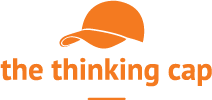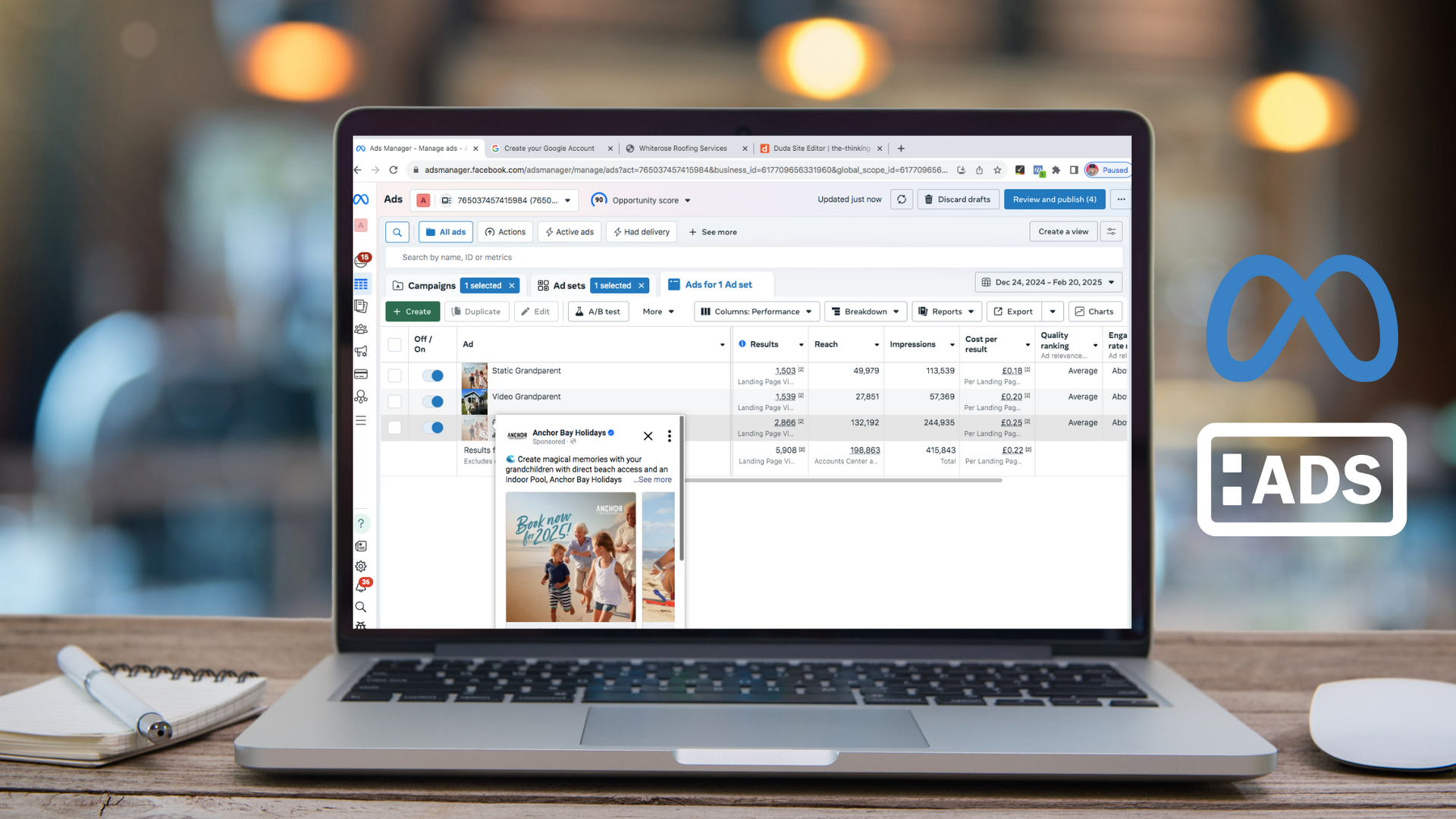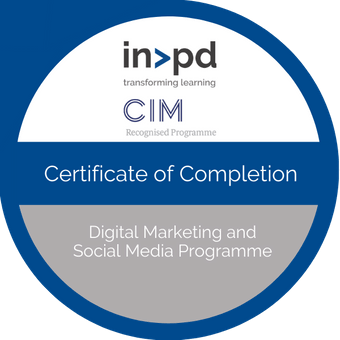How to analyse social media metrics to create your 2022 content plan
It’s the start of the New Year and you are now in a position to create your 2022 social media content plan… but where do you start? I want to share with you some great ways to review last year’s data and how to analyse social media metrics.
Before you analyse social media metrics, ask yourself –
- Where did most of your leads come from last year?
- Which content types performed best on your social media posts? For e.g. Static image and text, video, carousels etc.
- Do you know which platform created the best return of investment for your time/money?
Being aware of your social media metrics allows you to tweak and alter your content, noticing what worked – and what didn’t!
Why are social media metrics important?
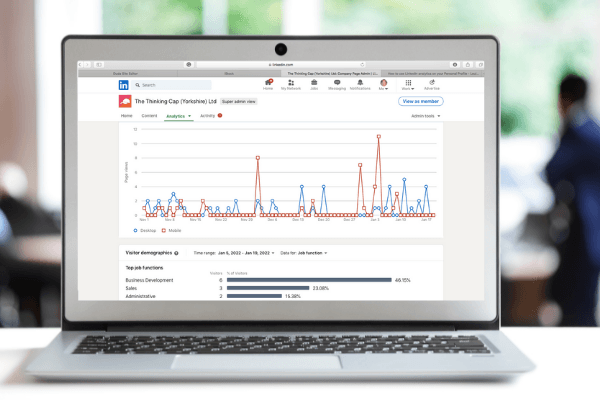
Your social media content comes with various metrics, this might be called Insights depending on the platform. These metrics can be measured, giving you a good understanding into the performance of all your posts.
Typical social media metrics that the platforms provide, include the analysis of –
- Visitor demographics
- Demographics of your engaging audience
- Number of likes & click throughs on individual posts
- Number of views/Impressions to your audience
- Post shares
- Post saves (Instagram only)
- Comments
Remember in addition to the above platform metrics, you also need to check out your website analytics too. From logging into google analytics you can also find out –
- How many website visitors came from a certain social media platform
- Which post from the social media platform got them to your website
- Which call to action is working best
- From the above you can then compare social media platform performances
- ... and from which URL and how long they stayed on your website, how many pages they viewed etc.
There are many ways to create new content plans for your social media, but first by understanding the above and what's worked in the past will give you a head start for the coming year's content plan.
Set goals for your social media
It’s great to have clear, defined goals for the year ahead before you consider creating content. Goals make it easier to understand which social media metrics you should be looking at, choosing how you measure your success.
Each company and brand will have their own goals for social media. For some, it will be direct sales. For others, it will be to generate brand awareness and others might be collating data, like sign-ups for a demo, an event, a download.
Let’s take an example… your goal this year is to increase the number of downloads you have for your lead magnet, thereby increasing your email marketing lists. To achieve this goal, you’ll need to ensure you have plenty of content that's around the subject of your download. Think about what your customers pain points are and does this download help it? Start creating thought provoking polls, carousels outlining helpful tips and nurture your followers all the way to the download.
Use the same successful call to actions/post type that worked before on the same platform. Your audiences on LinkedIn will be different to those on Twitter so when checking what worked before on each platform it's important to remember which platform it was on and not mix the them up.
Add clear call to actions in your social media content
Now you have defined goals and you know what your audience re-act to and engage with, on which platform, all you need to do is marry up a previously successful clear call to action and away you go.
Before you publish a post, check there is a call of action of some kind. You have to work a bit harder on Instagram as you cannot drop a link into the post, it's always in the BIO, so remember you may need to change this around your latest post.
If you need help with your CTAs, read my previous blog post ‘great call to action examples to smash your social media engagement’ to get started.
Social listening and monitoring
Social media marketing can be very reactive. It’s good to be able to keep on top of key trends and listen to what your audience wants to talk about. This is called social listening.
Social listening can be done by:
- monitoring your social media accounts - look out for customer feedback and direct mentions,
- search in the platforms search bar for any hashtags you use - see what other people are talking about,
- keep track of your customers posts by following their company pages,
- keep an eye on what your competition are doing, this is easy in Twitter as you can add groups of people into different lists and then view all the posts of that given list - also a great idea to do for industry publications, influencers etc.
- watch industry influencers, read their posts and look at the comments they have received etc.
By social listening it shows you a snapshot of your audience’s conversations and reactions and it can also keep you ahead of any trends.
From this method alone you can generate lots of amazingly engaging content that your audience will love, find useful and it'll keep them coming back for more.
How to analyse social media metrics
If you work through this blog like it's a work book, by this point you should now have an understanding of -
- What level of detail the social media metrics provide
- How your website analytics play a part in your analysis
- Your ideal goals
- What CTA's align with these specific goals
- What is working on the socials for your competition,
- The types of content your target market re-act and engage with
But now we need to know what has worked for you, so we need to create a list of your social media successes, that includes, post type, the platform, CTA etc.
So, lets move forward into your own platforms metrics and see what worked for you, this way you can make informed content choices and start planning for 2022.
Start with the platform you think performed best for you last year.
Remembering on LinkedIn if you have a company page, there is an 'Analytics' tab (starred below) and it helps you view certain analytics from the last 7 days, right up to the last year on your company posts.
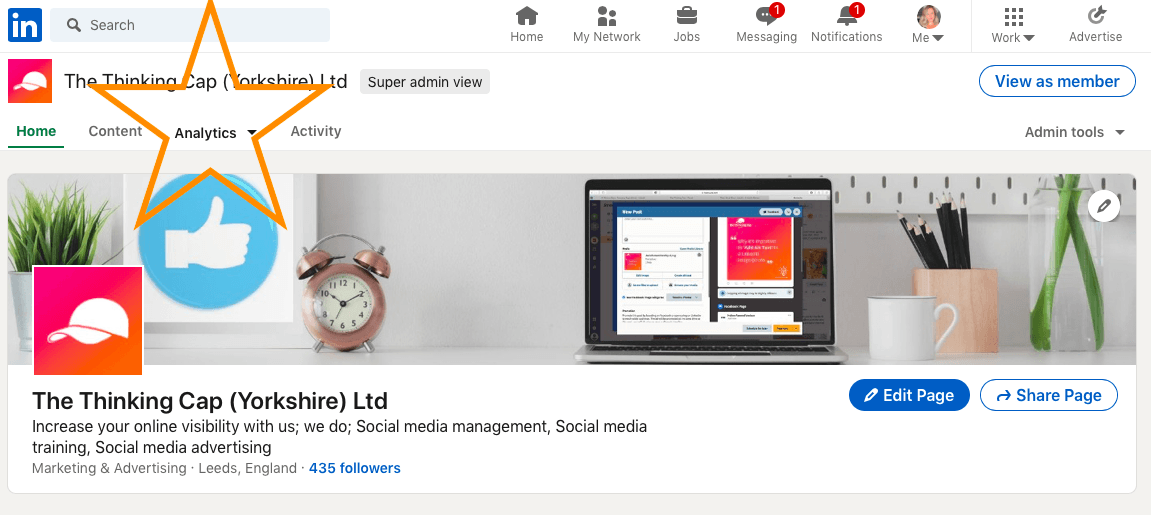
It's not so easy to measure your personal posts directly from LinkedIn, as you have to go into your 'Me' drop down / manage posts and activity, then view each post individually. See below as to where to click.
There is software separate to LinkedIn that can help you analyse your personal posts in a lot more detail,
Shield
is one of them.
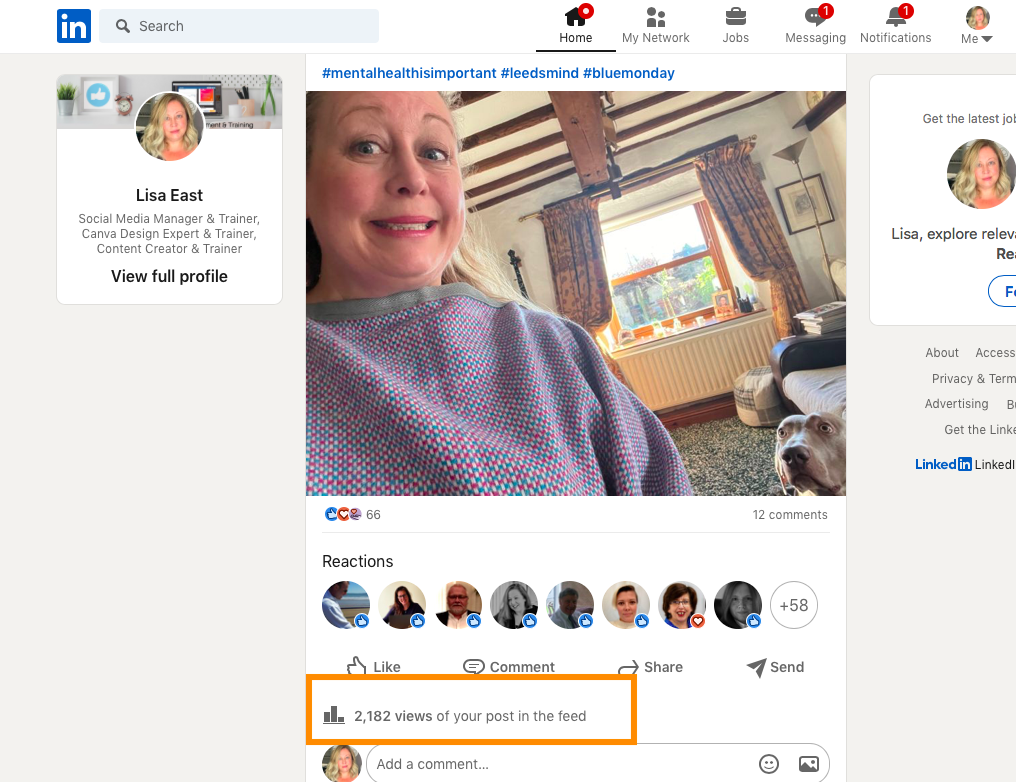
Twitter, Facebook and Instagram have the insights all embedded and are pretty good. Here's where to find them.
Twitter analytics - can be found by logging in, clicking on the three dots / more button, analytics!
Facebook insights - can be found over on the left hand side, under manage page, insights!
Instagram insights - can only be found on the mobile app, under the burger menu (3 lines in the top right corner).
Once you get the hang of it, it's a great idea to check all analytics at the end of every month.
If you are a sales person working for someone else, you could always ask to see the company page analytics and see how your personal posts (about the company) enhanced their page activity.
So, break your data down into monthly sections, this will help you to spot seasonal trends.
Although social media data can be great, it doesn’t always show the bigger picture. Sometimes, posts with less comments and likes can lead to more website visitors. Take this information into account when you analyse social media metrics, as it may mean you are more careful in your decision-making process.
Now you’ve studied your metrics from last year, make it a habit to check your content’s performance monthly. This way, you can implement and tweak any changes required and go with the flow!
Simply by knowing what your audience responds well to makes content planning much easier.
Good luck!
I hope this blog has given you a good understanding about how to analyse social media metrics to influence your new content planning, knowing which parts are important to your business goals. For further support, please don’t hesitate to get in touch for personalised social media training.
If you need a notebook to keep a list of all your top performing posts in, remember there's my My Digital Marketing & Social Media Content Ideas
Notebook on Amazon - only £7.19.
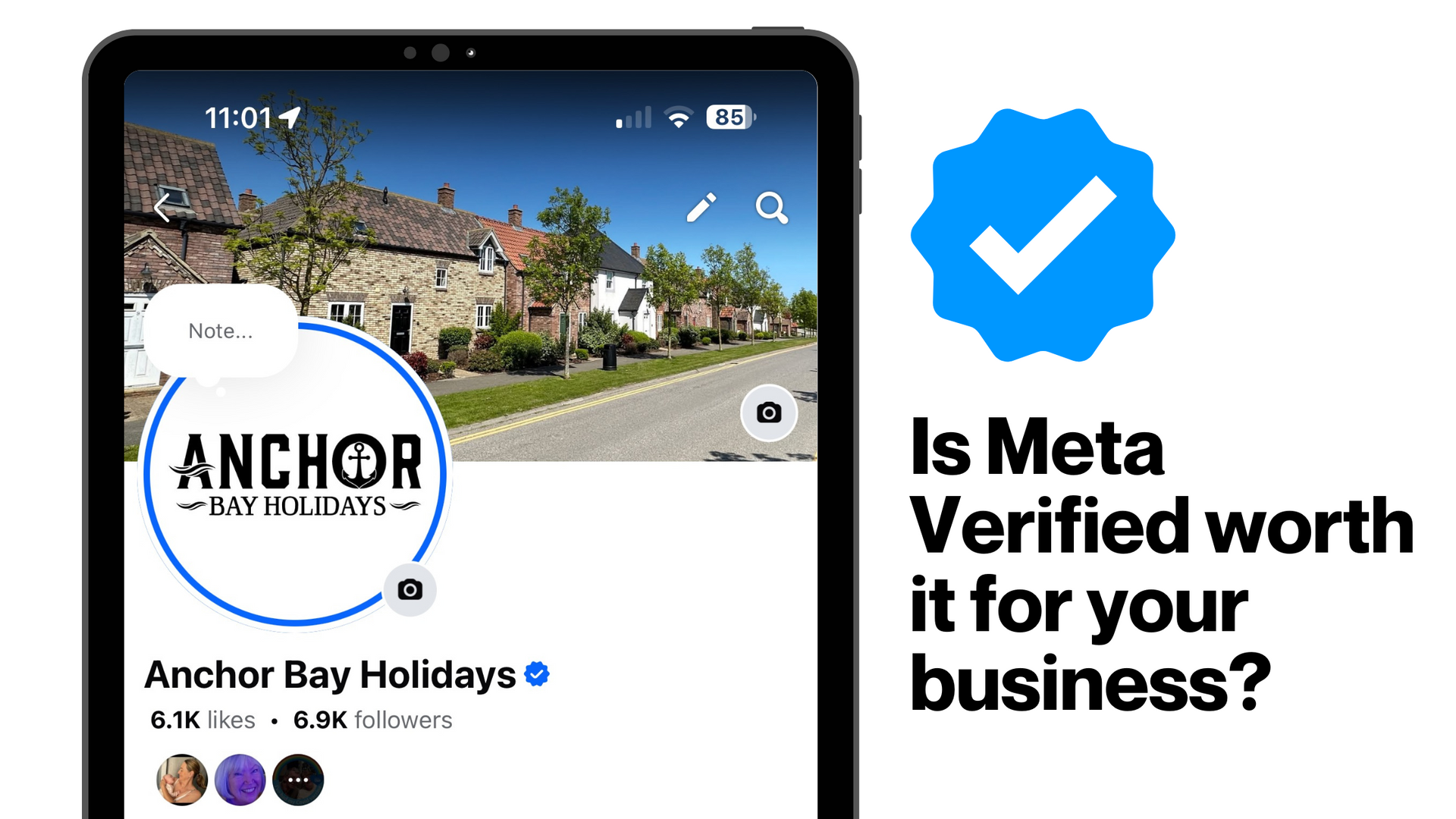



How you can effectively use LinkedIn for free to boost your marketing and grow your podcast audience




I hope you enjoyed reading this blog post.
If you’d like further help, let’s jump on a call and have a chat.
